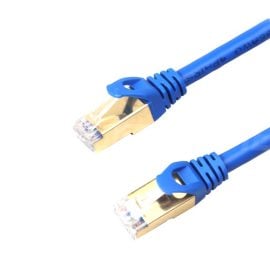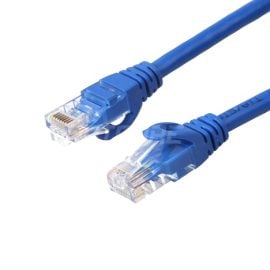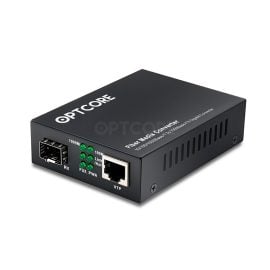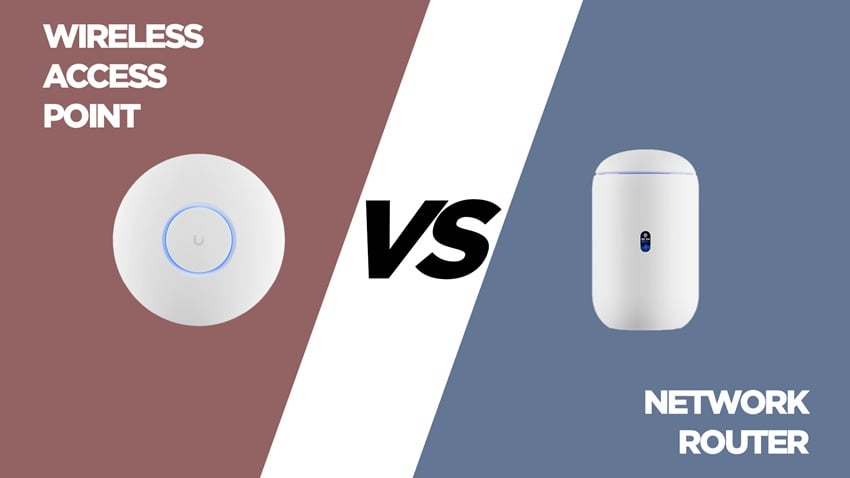Blog, Networking Device
WAP vs Router: What the Differences Are & When to Use Each
In our digital and interconnected world, networking devices are essential for keeping us connected to the Internet. We often confuse two significant components: Wireless Access Points (WAPs) and Routers. While these devices might seem familiar, each has its own purpose in creating and handling network connections.
In this article, we will compare WAP vs Router based on their functionalities and the situations in which they are best used.
Table of contents
What is a Wireless Access Point (WAP)?
An access point, known to many as a Wireless Access Point (WAP), is a networking device that generates a link between devices and a network. WAPs are also used to extend or create another connection based on a single network. So, let’s say your living room has a good internet connection, but your home office doesn’t. That’s when you must install a WAP to extend the signal.
WAPs Key Characteristics
WAPs can convert wired network connections to wireless signals when connected to a device. They can extend Wi-Fi coverage when specific areas inside a building do not have connectivity and can support multiple device connections simultaneously.
What is a Router?
A router is a hardware networking device that forwards data packets within computer networks, including the global Internet. There are many variations of routers, but the common routers pass data between Local Area Networks (LANs) and Wide Area Networks (WANs).
Routers Key Characteristics
Routers connect multiple networks and automatically assign IP addresses to your devices. They can also include security features like in-device hardware firewall protections. Lastly, routers support wired and wireless connections that can easily connect to your device.
WAP vs Router: What Are Key Differences?
| Feature | Wireless Access Point | Router |
| Primary Function | Create wireless network | Connect and route networks |
| Network Management | Limited | Comprehensive |
| Security Features | Minimal | Advanced |
| Device Connections | Wireless Only | Wired and Wireless |
| IP Address Management | No | Yes |
A wireless access point is primarily used to create and extend wireless network coverage, enabling other devices to connect to your Wi-Fi. On the other hand, a router is a more complex networking hardware that mainly connects and routes data between different networks, which allows for more complicated security features.
In simple words, a wireless access point primarily expands network reach, while a router provides the main networking capabilities for your network.
When to Use a WAP?
It is ideal to use a Wireless Access Point if you are looking to:
- Extend the wireless connection coverage in a large area
- Add Wi-Fi to an existing wired network
- Provide high-density device connectivity
- Create a seamless wireless network in commercial places
When to Use a Router?
Meanwhile, it is ideal to use a router if you are looking to:
- Create a home or small business network
- Create a SOHO network
- Connect your devices to the Internet
- Provide overall network security
- Manage multiple network connections
- Assign and manage IP addresses on your connection
-
Product on sale
 Cat6 Snagless Shielded (SFTP) Ethernet Network Patch Cable, PVC, BluePrice range: US$ 1.29 through US$ 17.70 (Excl. VAT)
Cat6 Snagless Shielded (SFTP) Ethernet Network Patch Cable, PVC, BluePrice range: US$ 1.29 through US$ 17.70 (Excl. VAT) -
 Cat6 Ethernet Network Patch Cable, Snagless Unshielded (UTP), PVC, BluePrice range: US$ 0.85 through US$ 13.10 (Excl. VAT)
Cat6 Ethernet Network Patch Cable, Snagless Unshielded (UTP), PVC, BluePrice range: US$ 0.85 through US$ 13.10 (Excl. VAT) -
Product on sale
 10/100/1000Base-T RJ45 to 1000Base-FX SFP Gigabit Fiber Media ConverterOriginal price was: US$ 13.00.US$ 11.00Current price is: US$ 11.00. (Excl. VAT)
10/100/1000Base-T RJ45 to 1000Base-FX SFP Gigabit Fiber Media ConverterOriginal price was: US$ 13.00.US$ 11.00Current price is: US$ 11.00. (Excl. VAT)
Can You Use WAPs and Routers Together?
In most use cases, you can combine the functionalities of a WAP and a Router. Many network setups use WAPs and Routers together, as a router can provide the primary network connection, and WAPs extend coverage across larger areas. In these situations, it shouldn’t be a comparison between WAP and Router. Instead, let’s consider that these networking hardware devices can offer us the best combined experience.
WAP vs Router FAQs
Q: Do I need both a WAP and a Router?
A: In most cases, using both is not necessary. Many modern routers include a built-in WAP functionality. However, if you operate a large-scale business or need a network connection over a wide area, using both can improve the overall experience and performance.
Q: How many devices can a WAP support?
A: The answer could depend on your WAP type and model. But, it is common that most enterprise-grade WAPs can support 30-100 concurrent connections.
Q: Are WAPs more expensive than routers?
A: Professional-grade WAPs usually have a higher price point because they have advanced features and can support many devices simultaneously.
Final Words
Knowing the differences between WAPs and Routers can help you make informed decisions, especially regarding your networking infrastructure. While both serve a different purpose, both are important in creating efficient and reliable network environments.
Read more:
- WiFi 6 vs WiFi 7 vs WiFi 6E: What is the difference?
- How to Extend WiFi Range? 13 Tips to Boost Your WiFi Signal
- How to show interface transceiver details on Brand Switches?







